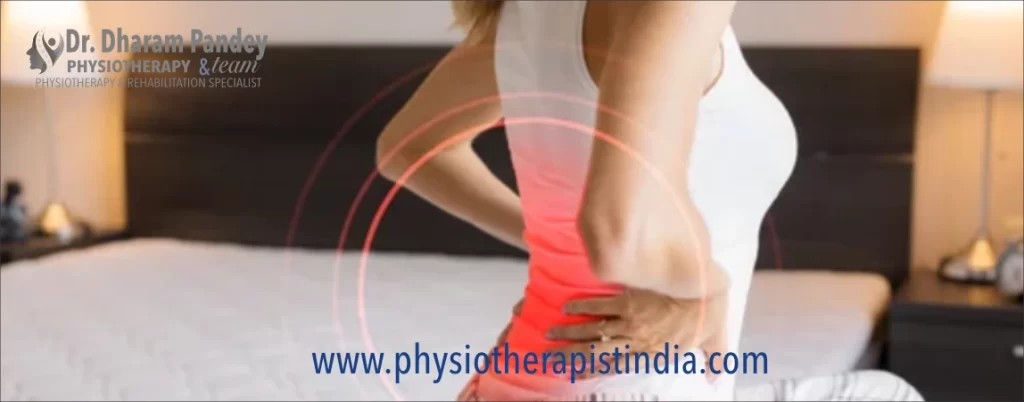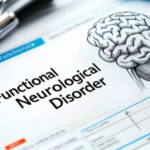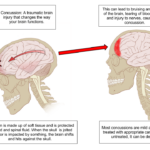BACK PAIN CAUSES AND TREATMENT
BACK-PAIN CAUSES AND TREATMENT
One of the most prevalent medical conditions globally is back pain. It can feel either dull and constant or sudden and sharp. It can sometimes appear suddenly due to an accident, a fall, or lifting something heavy, or it can appear gradually due to the spine’s aging-related degenerative changes.
Back-pain can occasionally be brought on by inflammatory diseases or other medical conditions. However, there are steps you can take to improve your health and reduce your risk of developing chronic or long-lasting back pain. Treatment varies depending on the cause and symptoms.
UNDERSTANDING THE BACK’S ANATOMY-BACK-PAIN CAUSES AND TREATMENT
The anatomy of the back contains a wide variety of structures that cooperate to support your body. Back-pain can result from issues with any one of these structures.
THE SPINE IS DIVIDED INTO FOUR SECTIONS:
§ Vertebral column.
§ The spine of the thorax.
§ Lumbar vertebrae.
§ Coccyx and sacrum.
BACK AND SPINE STRUCTURES INCLUDE: BACK-PAIN CAUSES AND TREATMENT
· Vertebrae, which are small bones stacked one atop the other, guard the spinal cord.
· The spinal cord is a long bundle of nerves that passes through a canal in the vertebrae and runs down the back.
· Intervertebral discs are the cushion-like pads that lie between the vertebrae and serve as spacers and shock absorbers for the spine.
· Ligaments, which are thin bands of strong, elastic tissue, hold the vertebrae in place.
· Tendons are tissue cord that joins a muscle to a bone.
Your spine and upper body are supported by your muscles, which also aid in movement.
WHO EXPERIENCES BACK-PAIN?
Back pain can affect anyone, but there are a few things that make it more likely. Your likelihood of experiencing back pain is increased by risk factors, which can include:
· Fitness level: those who are not physically fit experience back pain more frequently. For instance, the spine may not be properly supported if the back and stomach muscles are weak. If you exercise too vigorously after being inactive for a while, back pain is also more likely to occur.
· Weight gain: an inactive lifestyle and a diet high in calories and fat can result in obesity. The back may be strained as a result.
· Occupational risk elements: back injuries can result from jobs that require a lot of lifting, pushing, pulling, or twisting. A desk job could also be a factor, particularly if you sit all day in an uncomfortable chair or have poor posture.
· Age: back pain is more prevalent as people age, especially after the age of 45.
· Hereditary: some conditions that cause back pain are influenced by genetics.
BACK-PAIN TYPES:
Following are some ways that doctors and researchers categorize different types of back pain:
· Acute back-pain typically lasts a few days to a few weeks and comes on suddenly.
· Back pain that is subacute can develop gradually or suddenly and lasts for four to twelve weeks.
· Chronic back pain can develop suddenly or gradually and last for more than a month.
PAIN IN THE BACK SYMPTOMS
Back-pain can be localized to one area of the back or generalized, affecting the entire back. Your buttocks, legs, or abdomen may occasionally experience pain that originates in your back but spreads to other parts of your body. Each person’s back pain is different in terms of severity. You might experience: this depending on the kind, origin, and location of your back pain.
§ Growing discomfort when bending and lifting.
§ Pain that gets worse when standing, sitting, or sleeping.
§ Back discomfort that is intermittent.
§ Stiffness upon awakening in the morning, and back pain diminished with exercise.
§ Back pain that spreads to the buttocks, leg, or hip.
If your back pain does not go away after a few weeks or if any of the following symptoms appear, you should consult a doctor/physiotherapist:
§ Tingling and numbness.
§ Severe back pain that doesn’t go away after taking medicine (see treatment section).
§ Back pain following a mishap or injury.
§ Back discomfort and:
§ Difficulty urinating.
§ Leg ache, discomfort, or numbness.
§ You’ve lost more weight than you intended.
§ Back pain causes
Numerous factors, including mechanical or structural issues with the spine, inflammatory diseases, and other medical conditions, can contribute to back pain.
MECHANICAL AND STRUCTURAL ISSUES-BACK-PAIN CAUSES AND TREATMENT
When mechanical or structural issues arise in the back’s discs, muscles, ligaments, tendons, or spine, back pain may result.
· Biomechanical derangement is often due to faulty postural patterns and muscle imbalance, and malalignment of the spinal structure, including vertebrae, which means the structure is deviated from its normal alignments, causing a mechanical disadvantage during movement.
· Sprain: an injury to the spine’s ligaments, frequently brought on by improper twisting or lifting.
· Strain: a muscle or tendon injury.
· Degenerative disc disease: as we age, the discs between our spine’s vertebrae deteriorate.
· Discs that have herniated or ruptured press against nearby nerves and aggravate them. This frequently happens in the lumbar region.
· A vertebra in the spine slips out of place, causing spondylolisthesis.
· A narrowing of the spinal column, known as spinal stenosis, places pressure on the spinal cord and nerves.
· A broken vertebra.
· Other congenital changes to the spine, such as scoliosis.
· Inflammatory diseases
· Spinal arthritis is specifically known as ankylosing spondylitis.
· Inflammatory arthritis of the spine in other forms.
· Additional medical issues
· Osteoporosis can cause painful vertebral fractures.
· Fibromyalgia is a condition marked by widespread fatigue and muscle pain.
· Kidney infections or stones.
· Endometriosis is a condition marked by the accumulation of uterine tissue outside the uterus.
· Infections that affect the discs between the spine’s bones or the bones themselves can be painful.
· Occasionally, tumors may form on the spine or other parts of the back.
· Pregnancy.
HOW CAN PHYSIOTHERAPY BE USED TO TREAT BACK PAIN?
Back pain that persists for longer than a few weeks can make it difficult to go about your daily activities. Simple tasks like stooping to pick something up off the floor can seem challenging. Living in constant pain not only takes a physical toll on your body but can also be detrimental to your mental health.
Your back pain can be accurately diagnosed by a physiotherapist, who can also effectively treat the current symptoms and develop a plan of action to prevent future flare-ups. Manual therapy or exercises may be used in this. This will guarantee that you can return to your previous levels of functioning as soon as possible.
The physiotherapist will be able to correctly identify the underlying issue and treat your back pain.
Your physiotherapist may collaborate with sports massage therapists, functional trainers, and Pilates instructors to offer a comprehensive rehabilitation process.
WHAT TO ANTICIPATE FROM YOUR INITIAL PHYSIOTHERAPY VISIT
Your physiotherapist will learn more about your back pain condition during your initial visit and conduct an assessment to correctly identify the source of your back pain. Your physiotherapist will assist in relieving your back pain once the source of it has been identified.
They will also help you develop a treatment plan that best suits your lifestyle and treatment objectives. To avoid a recurrence of the issue, our goal is to address the underlying cause of your back pain.
SOME COMMON INTERVENTIONS PHYSIOTHERAPIST USES TO CURE YOUR BACK PAIN
· Manipulative therapy adjustment to correct the biomechanical faults.
· Remedial corrective exercises.
· Muscle release techniques such as myofascial release.
· Muscle energy technique to activate the muscle and relax the tight muscles.
· Trigger point release
· Dry Needling
· Electrotherapy modalities to relieve pain.
The BACK PAIN CAUSES AND TREATMENT includes assessment and finding of the root cause of your pain is the essential component of the physiotherapeutic assessment once the cause is identified the most suitable treatment plan is tailored and implemented to get back you to an active lifestyle.

www.physiotherapistindia.com
Read More Article
Book appointment
Condition we treat
Call: +9818911195






